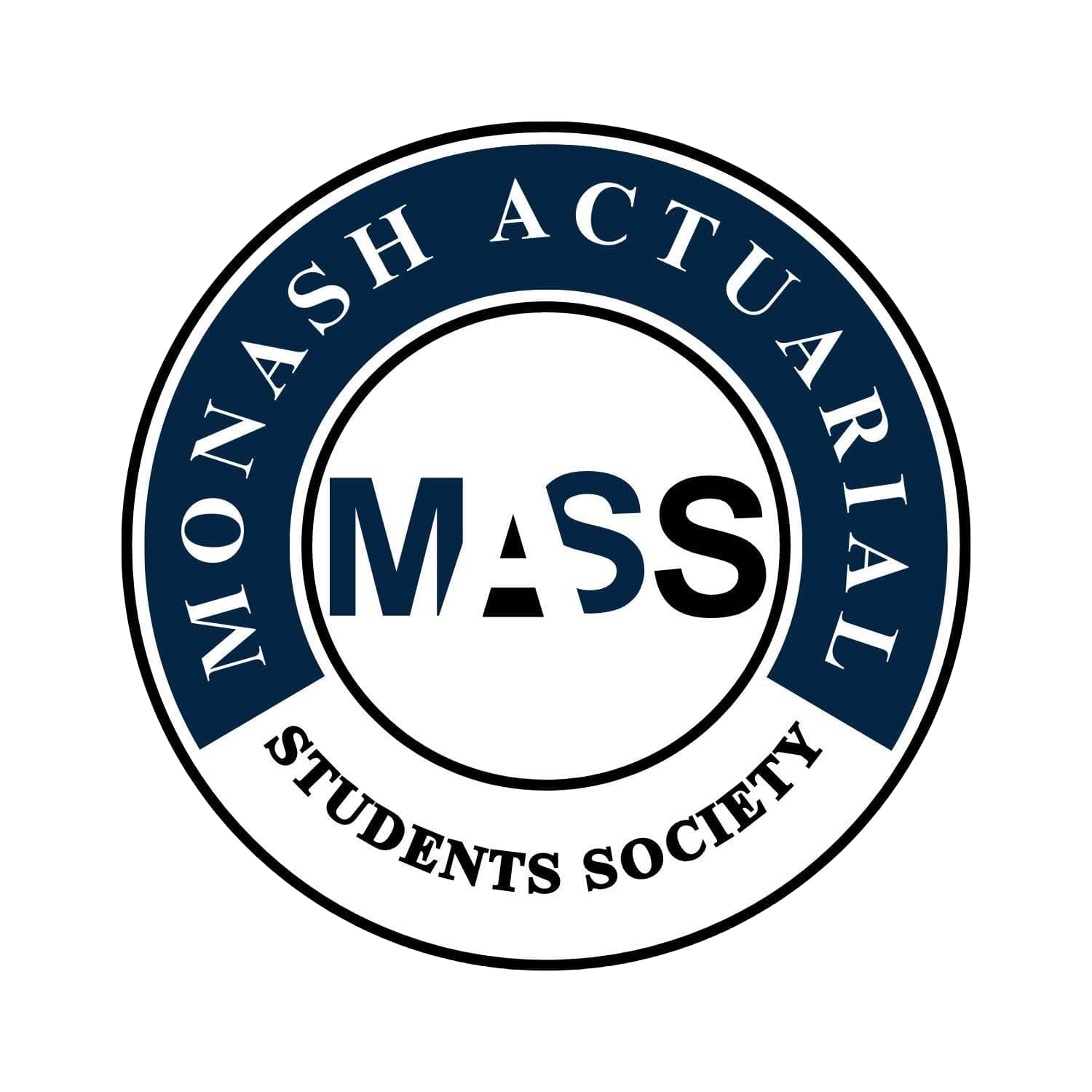ETC2520 / ETC5252 Probability and Statistical Inference for Economics and Business
Difficulty:
Year Completed: Semester 2, 2024
Prerequisite: ETC1000
(or ETF1100, or FIT1006, or ETS1102, or SCI1020, or ETB1100, or ETW1000, or ETW1100, or STA1010)
Exemption:
CS1 Actuarial Statistics
ETC2520 (50%), ETC2560 (50%)
Weighted average of 70% required. Minimum of 60% required for each unit.
Mean Setu Score: 62.92%
Clarity of Learning Outcomes: 60.00%
Clarity of Assessments: 69.09%
Feedback: 57.41%
Resources: 58.93%
Engagement: 75.00%
Satisfaction: 57.14%
Subject Content:
Lecture(s) and Tutorial(s):
Textbook(s):
Assessments:
Topics included discrete and continuous probability, moment generating functions, joint distributions, estimation methods and hypothesis testing.
2 x 1 hour lectures
1 x 1.5 hour tutorial
Introduction to Probability - Professor Xueyan Zhao
The prescribed textbook acted as supplementary reading to the lecture slides. Additional notes were provided for later topics.
2 In-semester Tests 40%
Final Exam 60%
Comments
The content of this unit is not considered difficult, but does compound throughout the semester, with the last four or so weeks holding much of the most difficult content.
The content can be challenging especially towards the later end of semester so it is important to review any gaps in understanding through consultations and re-attempting practice questions.
The lecture slides are quite clear, however many students find that the lectures themselves can be hard to follow, particularly when explaining the more difficult concepts. Students who spoke one-on-one to the lecturer found better explanations, and the summary of content at the beginning of lectures could be a helpful refresher.
Tutorials began in Week 2 are necessary however attendance was not marked. The tutorial questions are widely considered extremely difficult, and don’t represent the lecture content well. They are much more difficult than the class test or even the exam. Students had varying experiences with tutors, as the unit is quite large. Also, due to the difficult questions, there is little time for tutors to reinforce content, so much as give out the answers.
The assessments are much easier than the tutorial questions, and are for the most part, extremely straight forward. Two class tests, at weeks 8 and 12 carry 20% of the grade each, and are near identical to the revision material given. They are also open book (where students were allowed full access to Moodle only). These tests provide a lot of clarity to the content, and the expectations for scoring. Doing well on these tests is fairly easy.
The exam is fairly straight forward, but does require memorising equations which are open book throughout the semester. The exam is similar to the class tests and focus heavily on mathematics over concepts.
The last weeks of this unit are the most difficult, so ensure you have caught up before you tackle the final product. Ensure you understand the maths, and don’t get caught up in the difficulty of the tutorial questions (which have no contribution to your grade). Doing well in this unit requires more understanding of the maths than the concepts taught.
General Overview:
Lectures:
Tutorials:
Assessments/Other Assessments
Exam
Concluding Remarks

